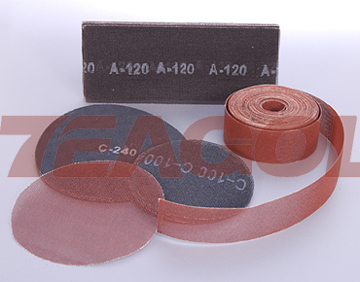.jpg)
|
Anping Jinghua Steel Grating Metal Wire Mesh Co., Ltd.
|
Reinforced Meshes
| Payment Terms: | L/C,T/T |
| Place of Origin: | Hebei, China (Mainland) |
|
|
|
| Add to My Favorites | |
| HiSupplier Escrow |
Product Detail
Welded mesh fabric mats are the most commonly used form of prefabricated reinforcement and is particularly suitable for flat slab construction
Introductions:
Welded mesh fabric mats are the most commonly used form of prefabricated reinforcement and is particularly suitable for flat slab construction and concrete surface beds.
Other designed applications include:
Other designed applications include:
Retaining and shear walls
Beams and columns
Concrete paving overlays
Precast concrete elements
Suspended floor slabs
Swimming pool and gunite construction
Welded mesh fabric reinforcement considerably reduces construction time
Standards:
SANS 1024:2006 designated fabric mats are standard welded reinforcement mats and can be scheduled simply by reference to the fabric type, sheet dimensions and bending shape codes. (The reference is the nominal mass of the fabric in kg/m2 x 100).
The cold-rolled deformed wire used in welded mesh fabric has a characteristic strength (0.2% proof stress) a minimum of 485MPa compared to 450MPa for high tensile rebar. Fabric may be used at higher stresses than high tensile rebar resulting in a material saving of up to 8%.
Important design criteria
Beams and columns
Concrete paving overlays
Precast concrete elements
Suspended floor slabs
Swimming pool and gunite construction
Welded mesh fabric reinforcement considerably reduces construction time
Standards:
SANS 1024:2006 designated fabric mats are standard welded reinforcement mats and can be scheduled simply by reference to the fabric type, sheet dimensions and bending shape codes. (The reference is the nominal mass of the fabric in kg/m2 x 100).
The cold-rolled deformed wire used in welded mesh fabric has a characteristic strength (0.2% proof stress) a minimum of 485MPa compared to 450MPa for high tensile rebar. Fabric may be used at higher stresses than high tensile rebar resulting in a material saving of up to 8%.
Important design criteria
Placing of Fabric
In order to obtain the best results when using fabric reinforcement, special care must be taken to ensure that the mesh is positioned and maintained at the correct depth after the concrete pour. This can be done by using stools or plastic or concrete spacers. Another option is to place the fabric on poured concrete that has been leveled to the desired reinforcement depth. After placing the mesh the concrete can be topped up to the specified overall slab thickness.
Ideally fabric must be located 50mm from the top of the slab and where bottom steel is required,, it must also be supported 50mm above the substrate.
In order to obtain the best results when using fabric reinforcement, special care must be taken to ensure that the mesh is positioned and maintained at the correct depth after the concrete pour. This can be done by using stools or plastic or concrete spacers. Another option is to place the fabric on poured concrete that has been leveled to the desired reinforcement depth. After placing the mesh the concrete can be topped up to the specified overall slab thickness.
Ideally fabric must be located 50mm from the top of the slab and where bottom steel is required,, it must also be supported 50mm above the substrate.
Lapping of Fabric Mats
It is recommended that in calculating the lap requirement for surface bed welded mesh fabric reinforcement that the formula shall be 25 x diameter + 150mm or 300mm, whichever is the greatest.
It is recommended that in calculating the lap requirement for surface bed welded mesh fabric reinforcement that the formula shall be 25 x diameter + 150mm or 300mm, whichever is the greatest.
Quality:
The welded mesh fabric is manufactured under strict quality controls with all standards conforming to SANS 1024:2006 standard specifications and tolerances and carries the certification mark.



The welded mesh fabric is manufactured under strict quality controls with all standards conforming to SANS 1024:2006 standard specifications and tolerances and carries the certification mark.



Didn't find what you're looking for?
Post Buying Lead or contact
HiSupplier Customer Service Center
for help!
Related Search
Reinforcement Meshes
Anping Wire Meshes
Brass Metal Meshes
Vibrating Screen Meshes
Reinforced Hose
Reinforced Plastic
More>>









.jpg)

.jpg)
.jpg)
.jpg)

.jpg)








